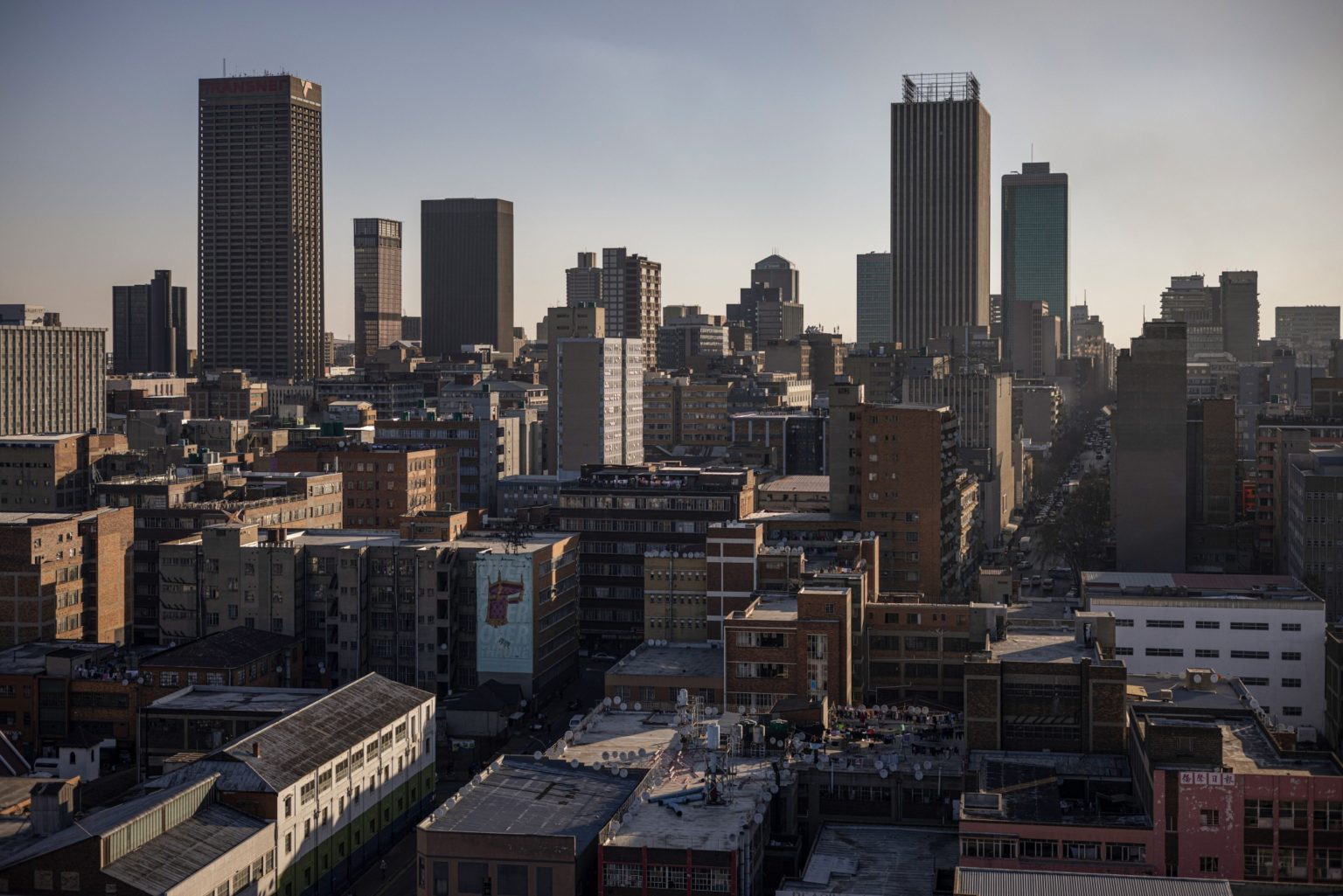Allan Gray prefers South Africa's beaten-down stocks over bonds

South African equities are a better bet for investors than its bonds despite yields that are among the highest in emerging markets, according to one of the country’s largest asset managers.
Stocks in Johannesburg are enticingly valued, even allowing for the risks associated with investing in South Africa, said Tim Acker, a portfolio manager at Allan Gray, which oversees R574 billion ($30 billion). While local bonds have become more attractive in terms of yield, the firm remains underweight, given concerns about strains on the national finances.
“South African shares are cheap versus history and the rest of the world,” Acker said in an interview at the company’s Cape Town headquarters. “There are lots of risks and you should definitely factor those in. But we think that even with those risks, they are still attractive.”
Crippling power shortages have hobbled economic growth and hit earnings at South African companies, dragging down share prices. Investors are also turning cautious in the lead-up to national elections next year that could see the governing party lose its outright majority for the first time. On top of that, there are concerns about a widening budget deficit.
Allan Gray’s Balanced Fund — its largest, which outperformed eight out of 10 peers over the past three years — has 40% invested in South African stocks and about 8% in domestic bonds, lower than the 15% to 25% that local asset managers typically hold in the debt, Acker said. “So we are a bit of an outlier.”
To be sure, there are factors in favour of South African bonds: they offer a high yield in real terms relative to other emerging markets, given that rates on the 10-year have climbed above 12% and inflation is running at 5.6%. And it’s a plus point for South Africa that most of its debt is in rand, with long maturities. But the concern is slow economic growth and a deficit that increases the debt burden each year, Acker said.
“The trajectory is concerning and it is not clear what the solution is,” he said.
Mid-Term Budget
Investor attention in South Africa is focused on Finance Minister Enoch Godongwana’s November 1 medium-term budget presentation and the steps he may set out to address the poor state of public finances. One option is to sell more bonds, but there are questions over demand for the debt, given that foreigners have been net sellers of South African bonds this year and there is a limited pool of domestic buyers.
“Most of the local players already have a big allocation to bonds and can’t really increase it by much more,” Acker said.
As for stocks, while the short term is hard to predict, Allan Gray is optimistic about the picture over four to five years. That’s partly due to an expected easing in power shortages over the next 18 to 36 months, he said.
“That seems to be emerging as a consensus, locally and among foreigners — that load shedding is going to improve, with some uncertainty on the time line,” he said, using a local term for rolling blackouts. Solving a problem that has had a major impact on company earnings could prove a catalyst for stocks, he said.
Other highlights from the interview
Choosing between domestically focused, or “South Africa Inc.” stocks and rand hedges with foreign-currency earnings, is the “big sector call” equity investors need to make.“Do you want to buy the South Africa shares, which are really beaten down, with low valuations, but potentially have a lot of leverage if load shedding improves and whatever other catalysts might come to pass? Or do you want to buy the rand hedges, which are less affected by what happens in South Africa but tend to be more expensive?
“We are a little bit in the middle at the moment. We do think the South African ones are cheaper, but there are lots of risks. So it’s nice to have a mix and diversify.
“Weighed against our local competitors we are probably a little more on the SA Inc side.”
On China, Acker said Allan Gray has been cautious “on the sustainability of growth and the sustainability of commodity demand,” for the past five to 10 years.“We are still firmly in that camp. We worry about the sustainability of the high growth rates, especially things that are primarily driven by China, like iron ore. We worry about the sustainability of those earnings.
“The South African market has a lot of exposure to China. It’s true of a lot of emerging markets, but it’s especially true of South Africa. The whole of the Johannesburg Stock Exchange has a lot of exposure to China. The default when one buys the index is a big bet on China, which we are less excited about. We want to bring that down where we can.”
On the outlook for monetary policy, he said “the South African Reserve Bank has been one of the more hawkish central banks, and remarkably free of political pressure.”“We are at — or close to — the peak of the cycle. Maybe one more hike. Part of it depends what happens in the rest of the world, but inflation seems reasonably under control for now. If inflation stays under control, if we don’t see massive rate hikes in the US, there is a decent chance of the middle of next year” for the first easing in rates.

